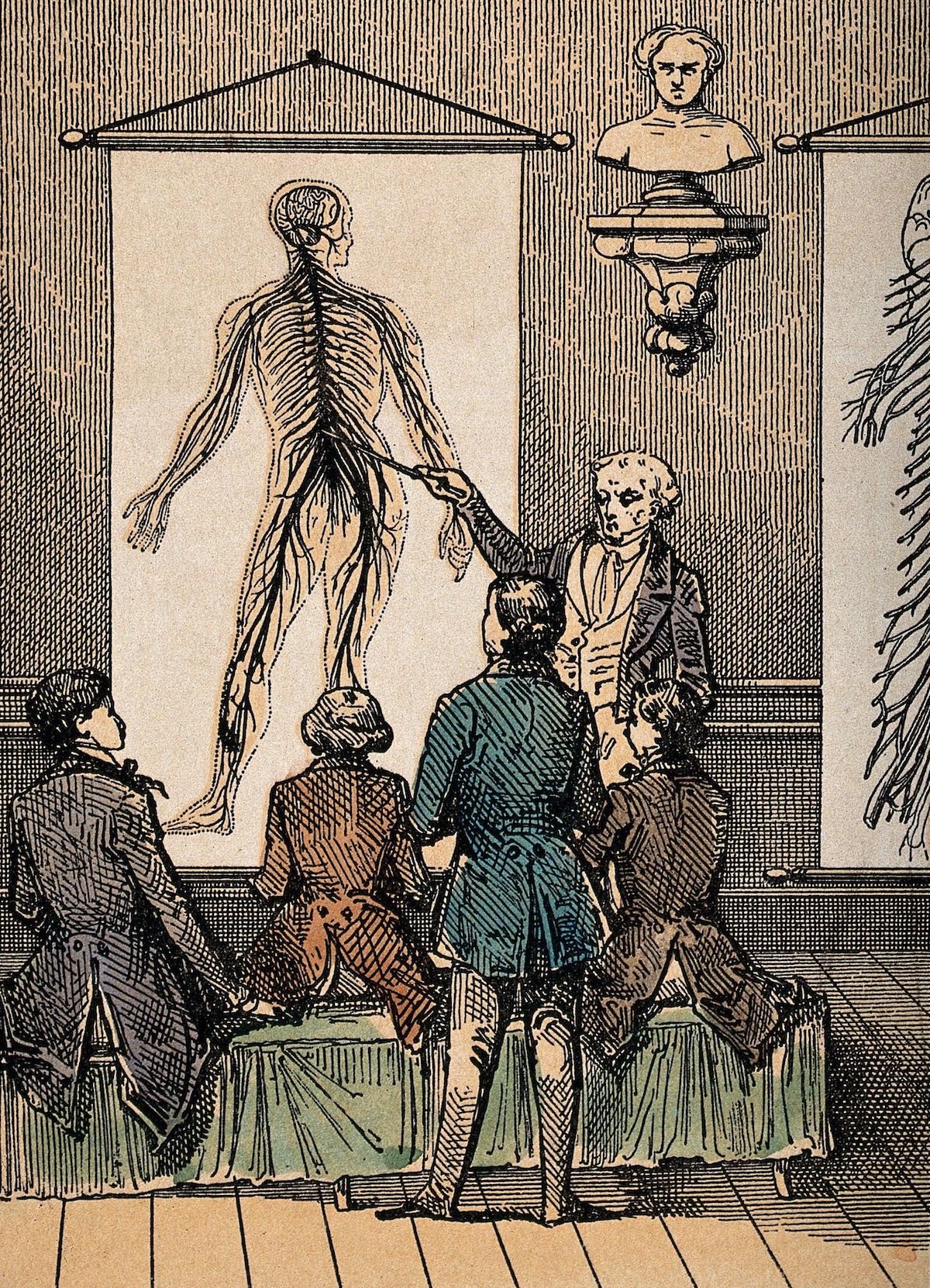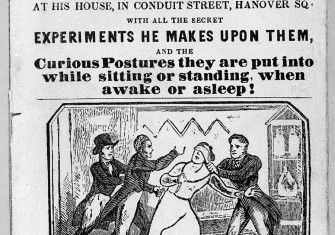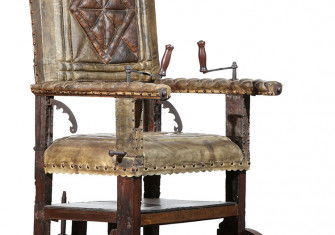A History of Phantom Pain
For centuries, scientists and philosophers used phantom limbs to unravel the secrets of the human mind. While we know phantom pain exists, we still don’t know why.

The 16th-century surgeon Ambroise Paré was used to difficult cases. Having honed his skills on the battlefields of his native France, he had seen many men lose arms and legs, and had pioneered new ways to treat and rehabilitate amputees. But in his long practice there was one phenomenon he struggled to explain. It was a puzzle which would fascinate medics, scientists and philosophers alike for centuries to come.
Writing in his medical textbooks – which were translated into English as The Workes in 1634 – Paré described this puzzle. Patients who were pricked with a pin on a limb which was dead from gangrene, he observed, would complain of pain even though there was no way that the mortified limb could still have sensation. Instead, ‘that feeling is oft deceitful, as that which proceeds rather from the strong apprehension of great pain which formerly reigned in the part, than from any faculty of feeling as yet remaining’. In other words, the pain these patients experienced was taking place not in the limb itself, but in the mind. This was not the strangest of the brain’s deceptions. In some patients:







